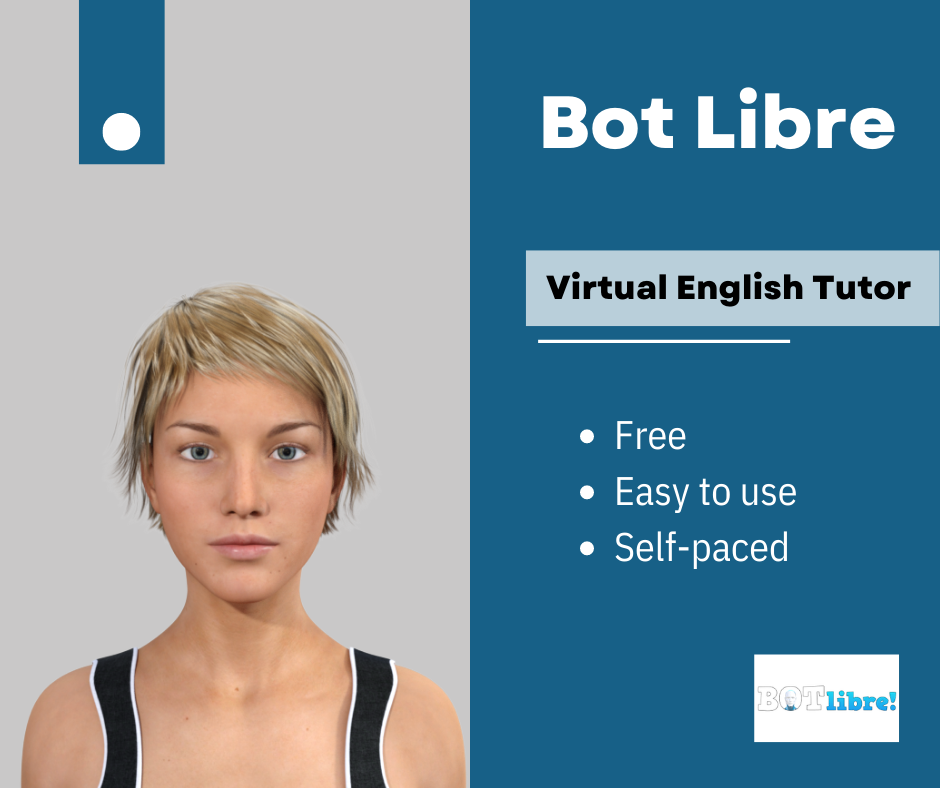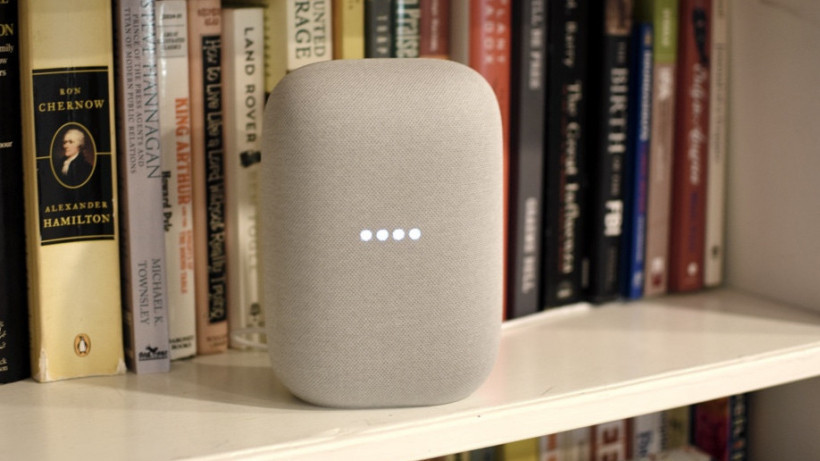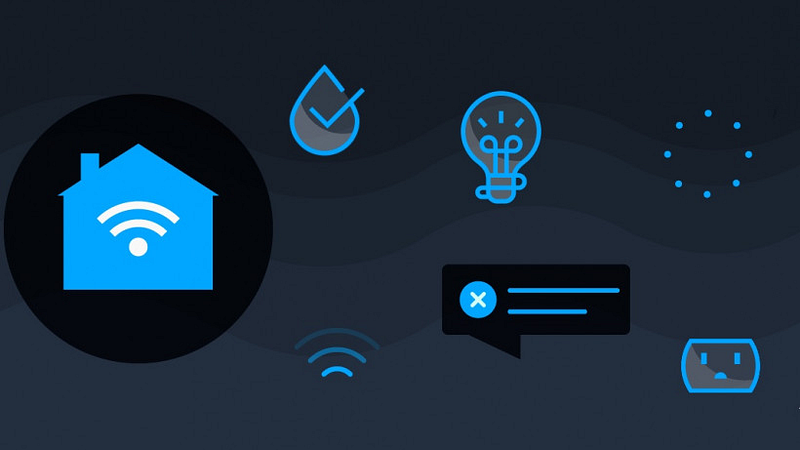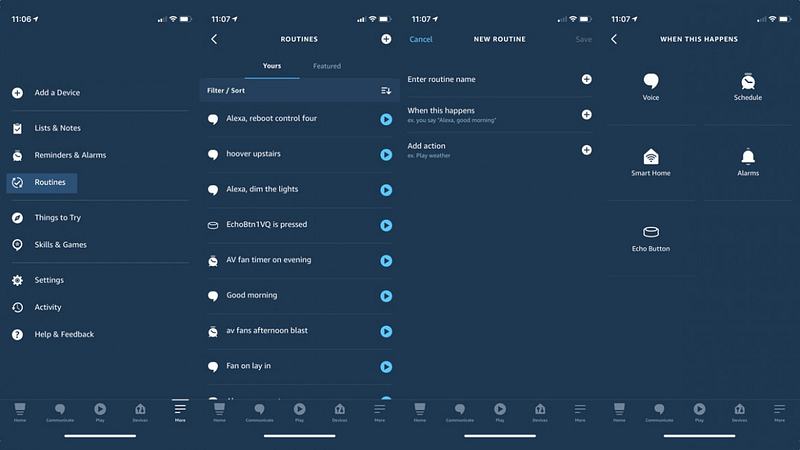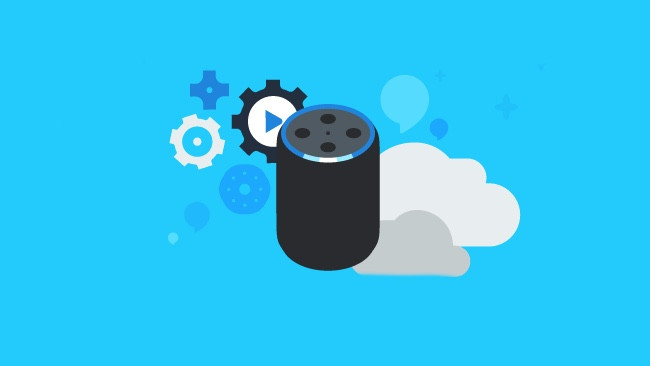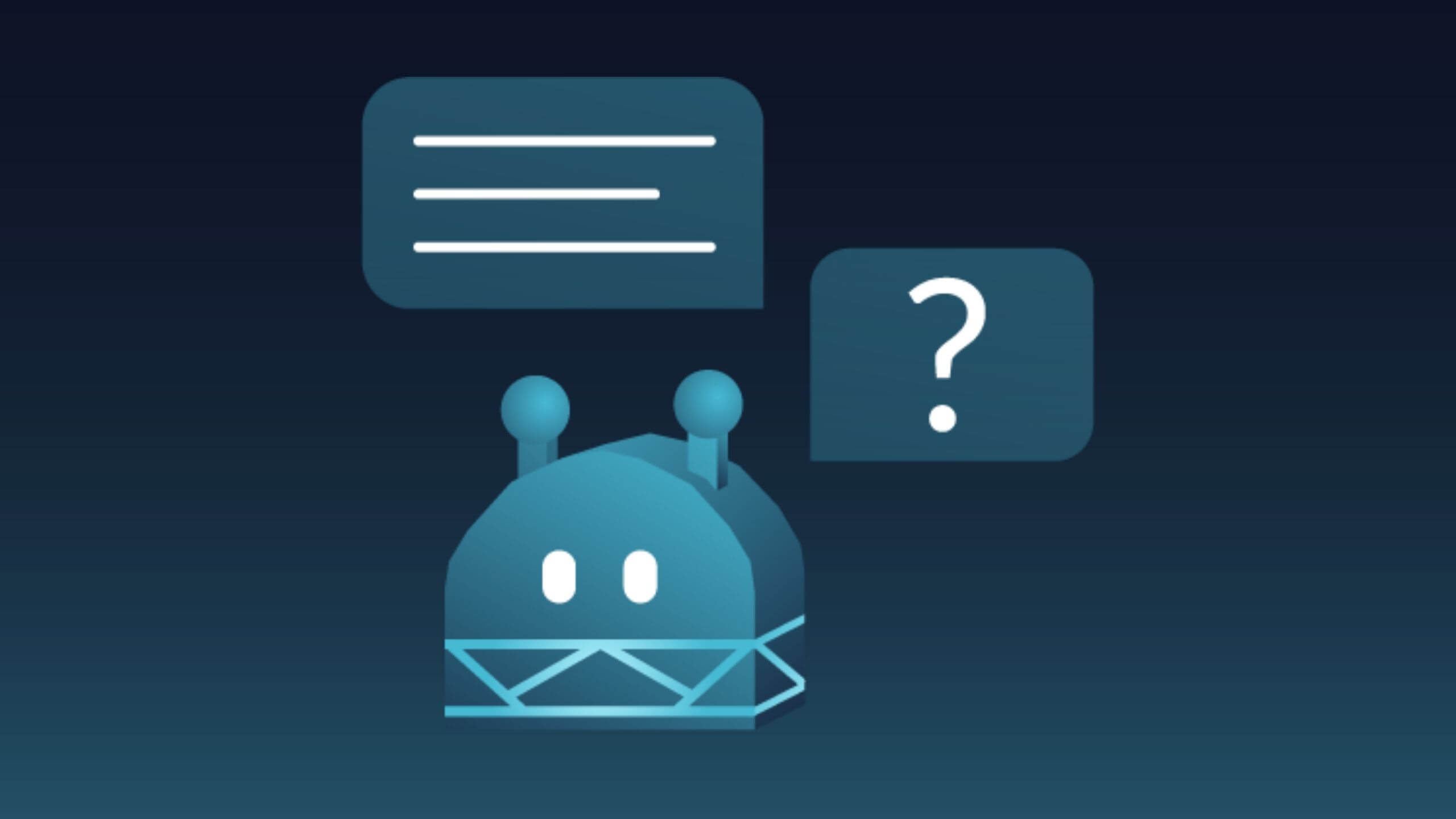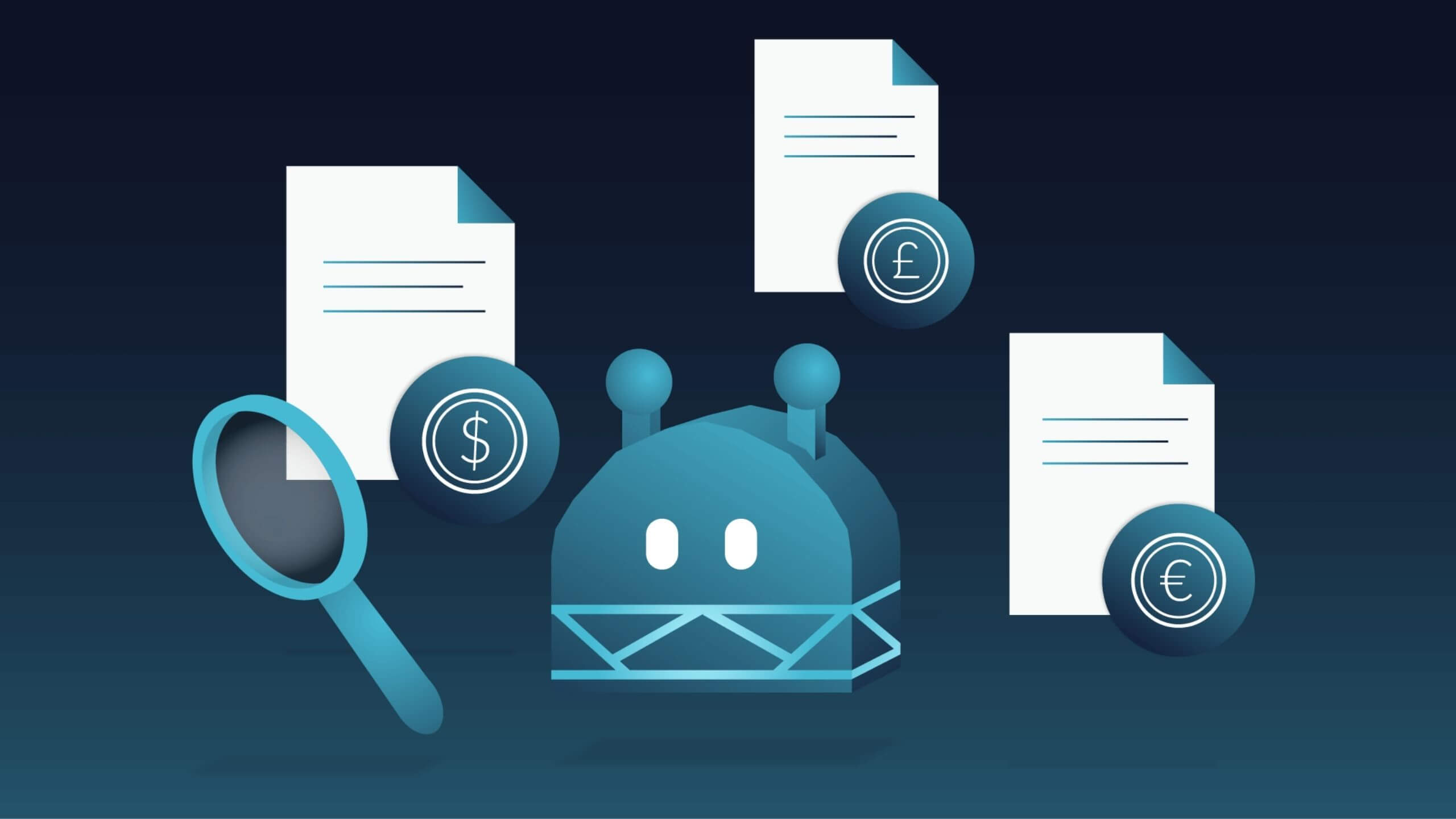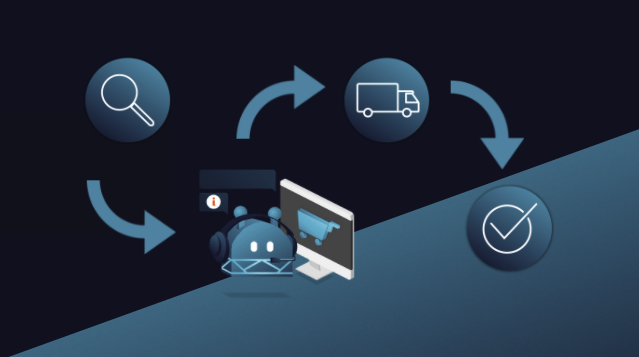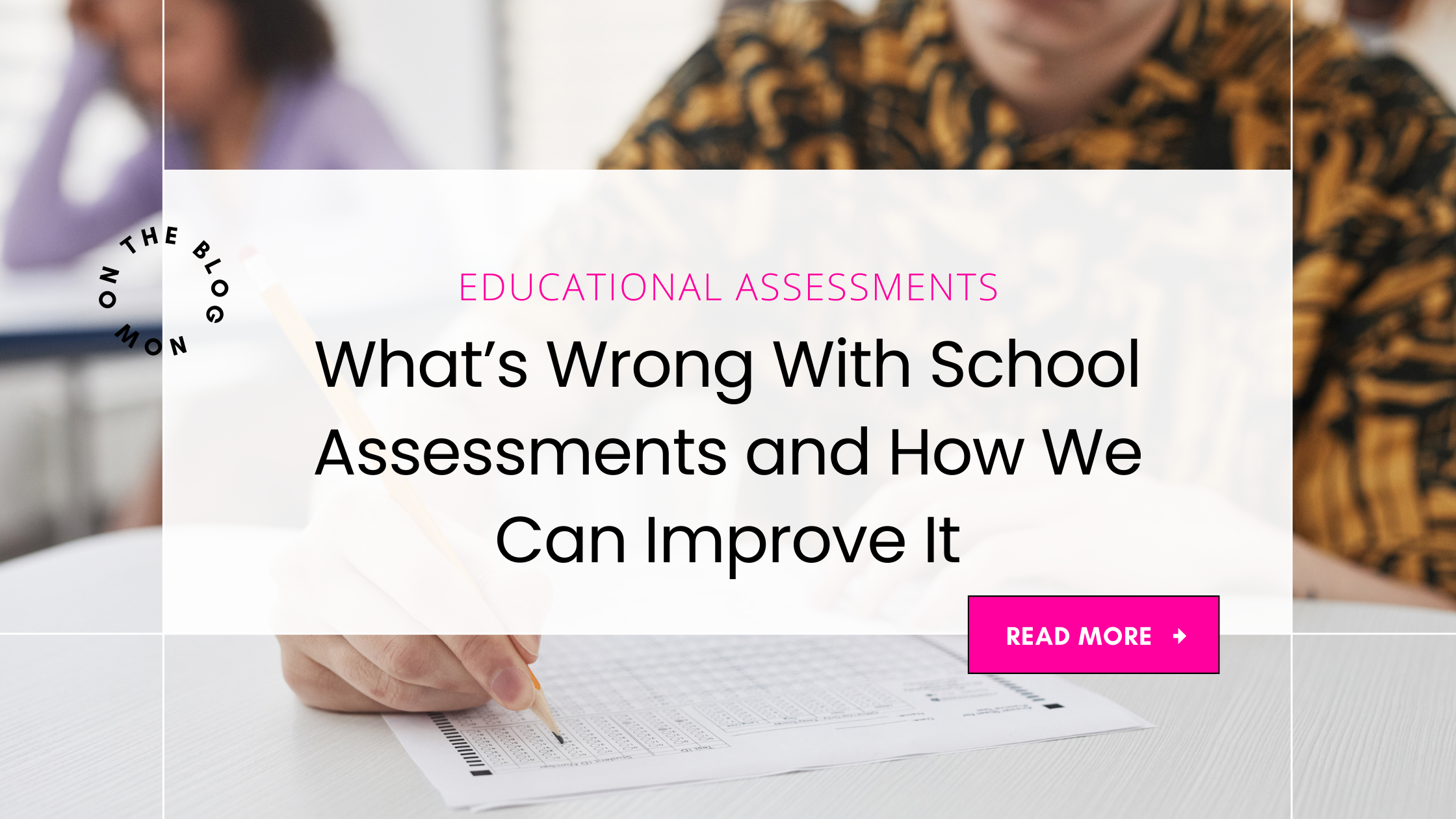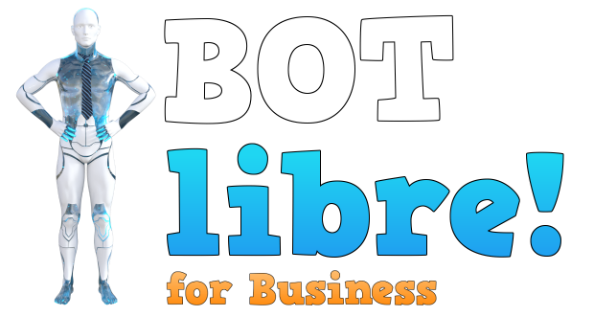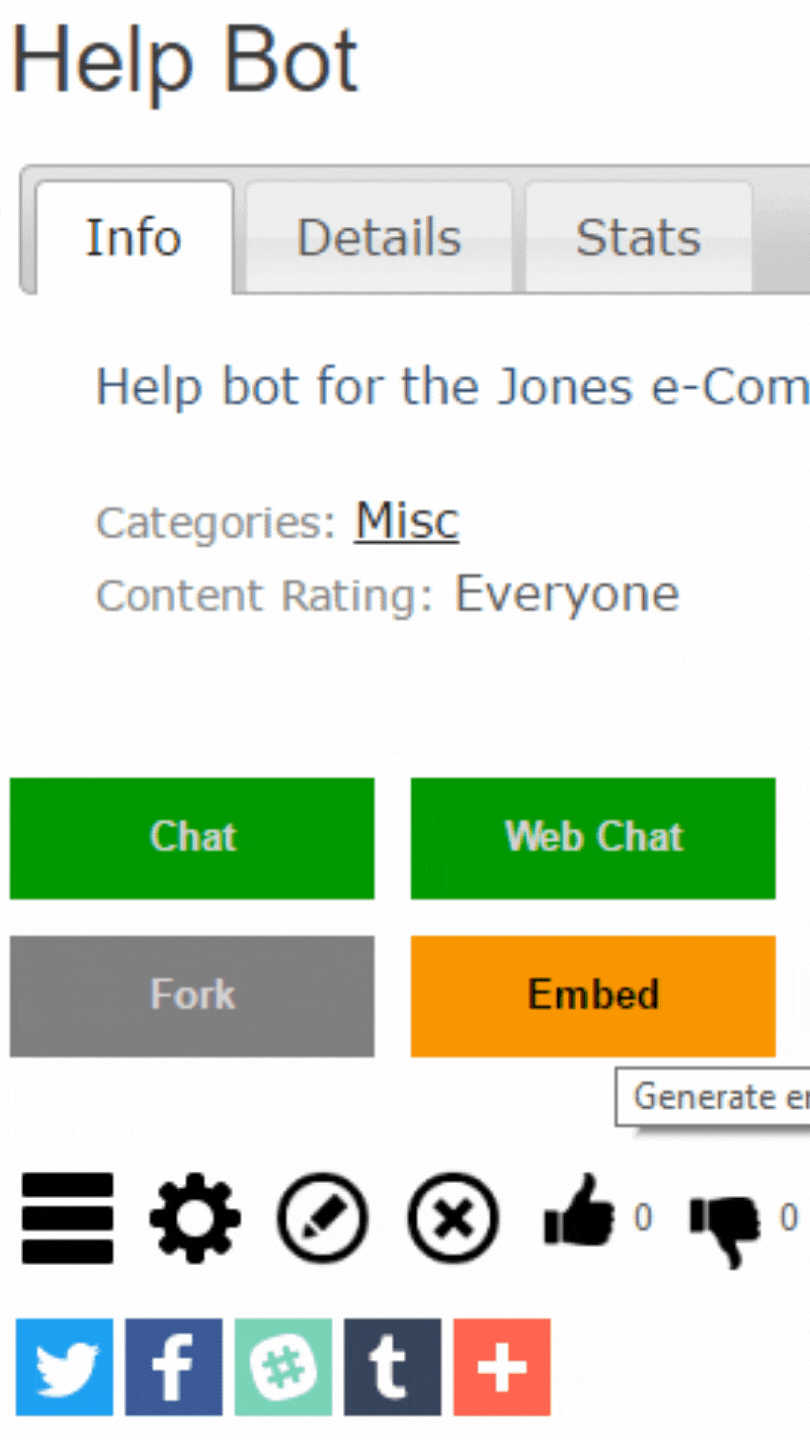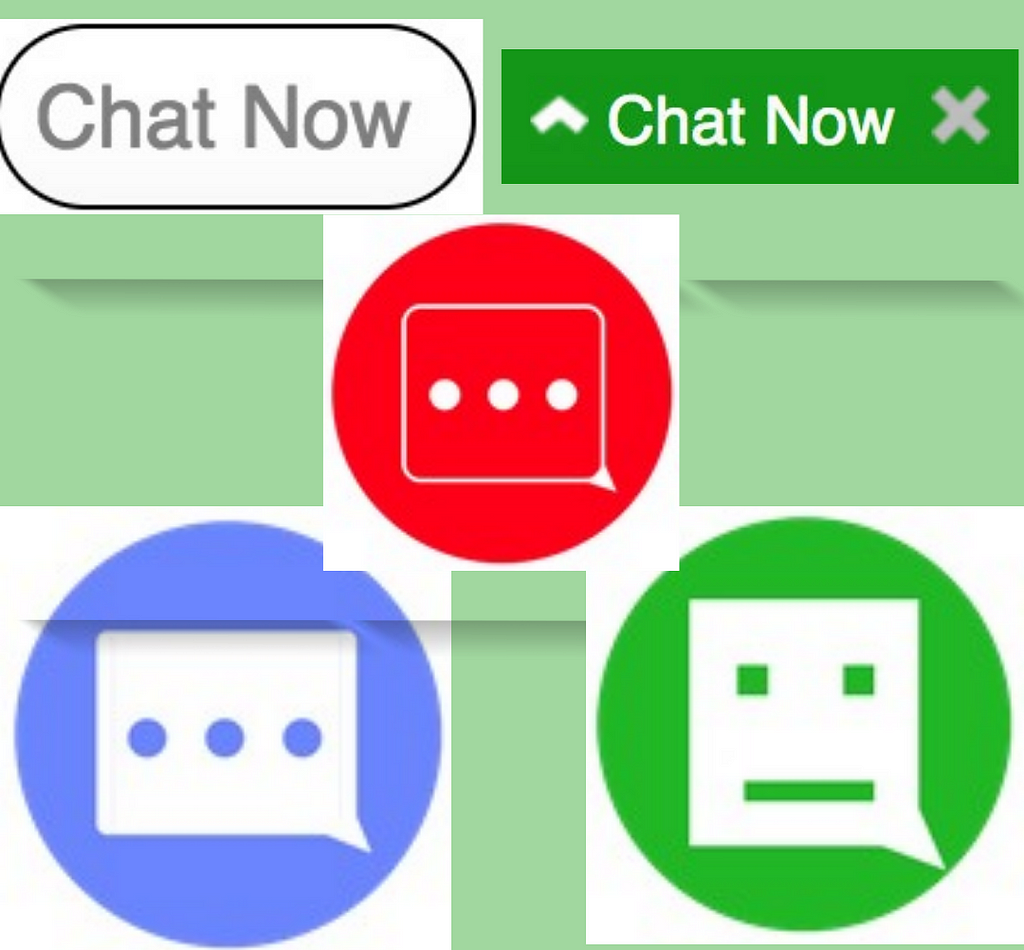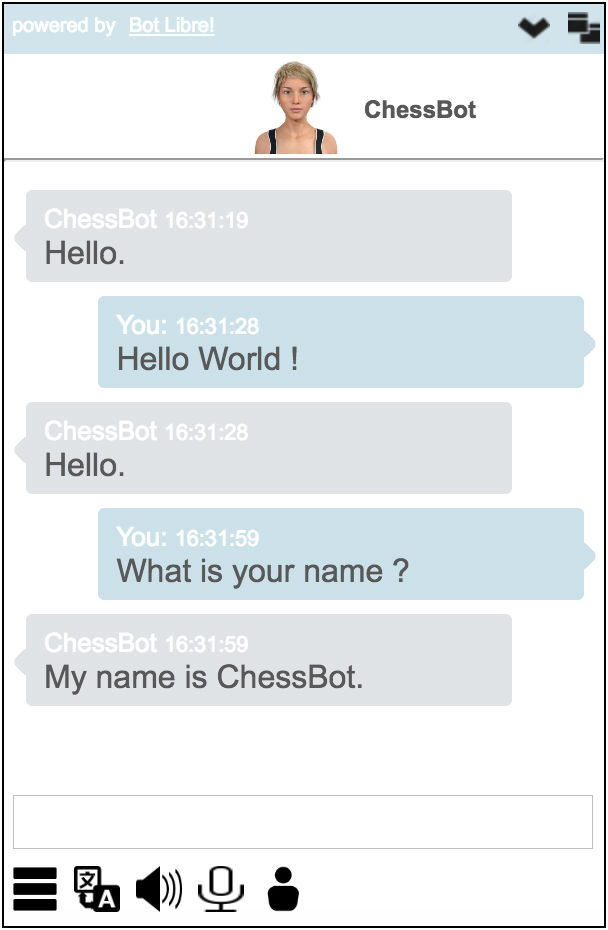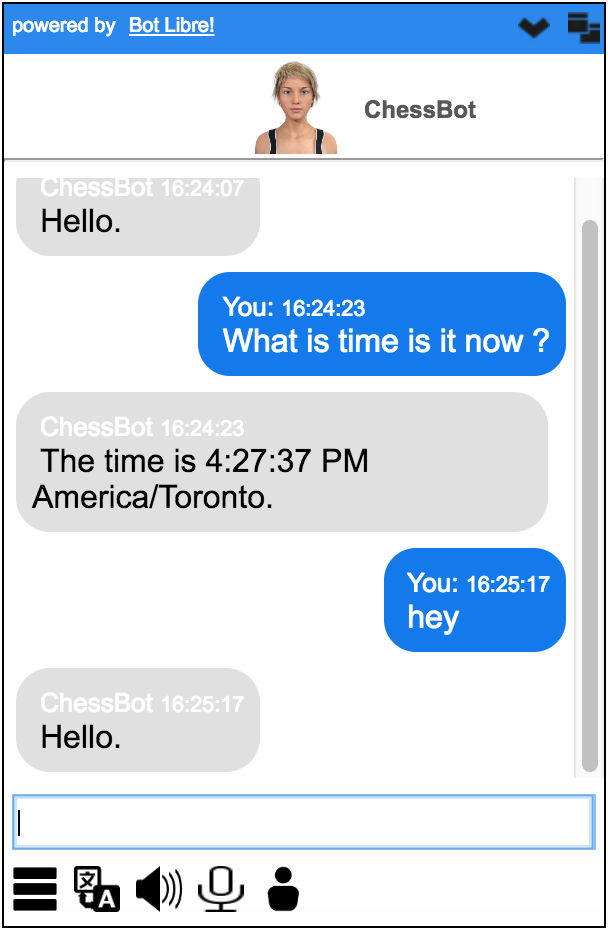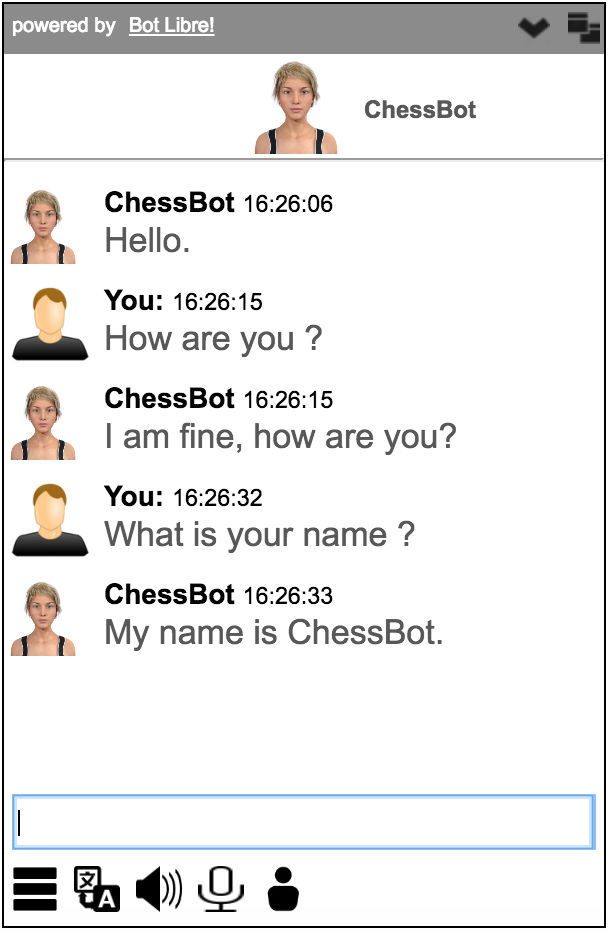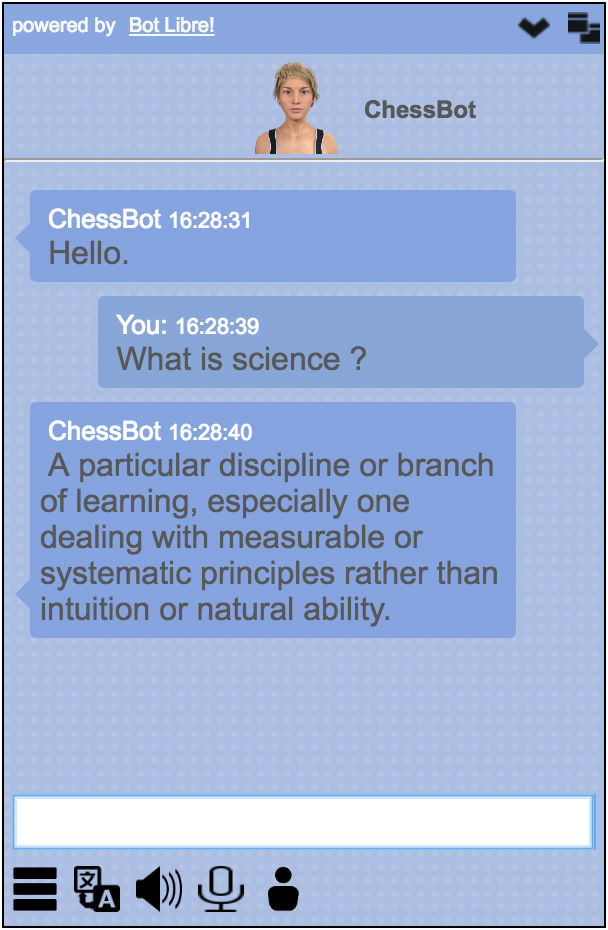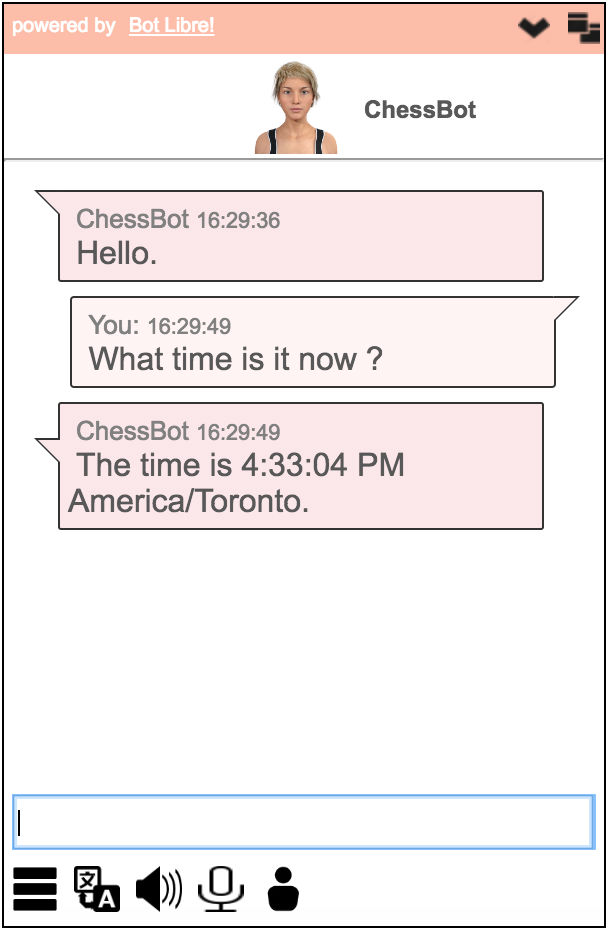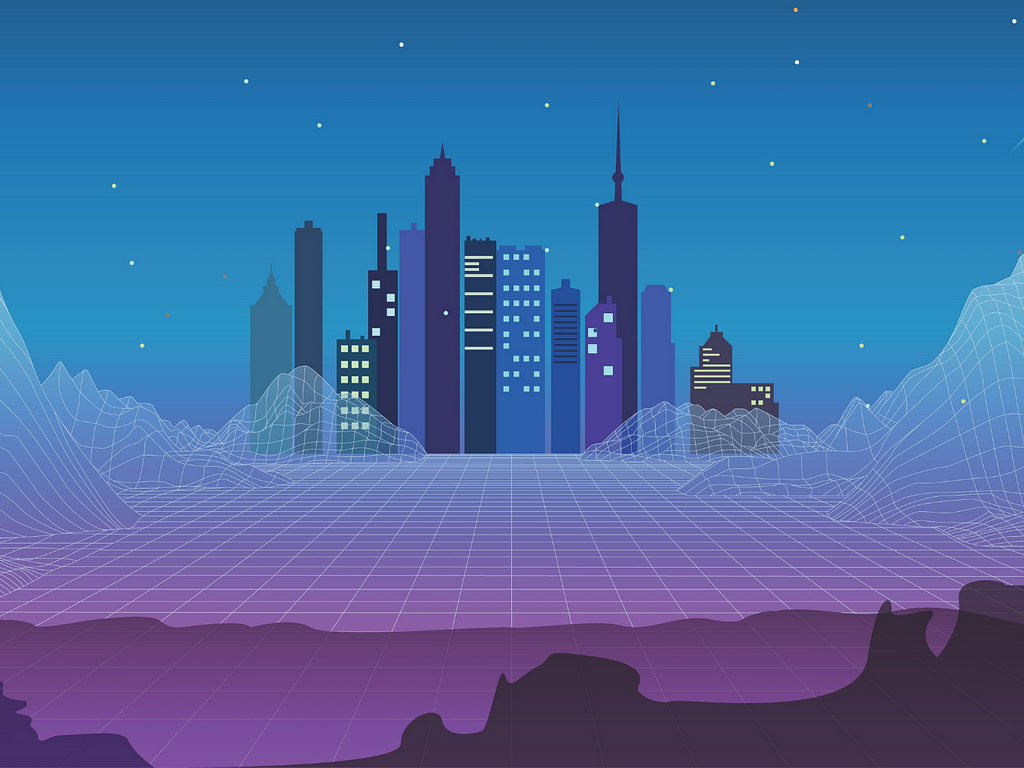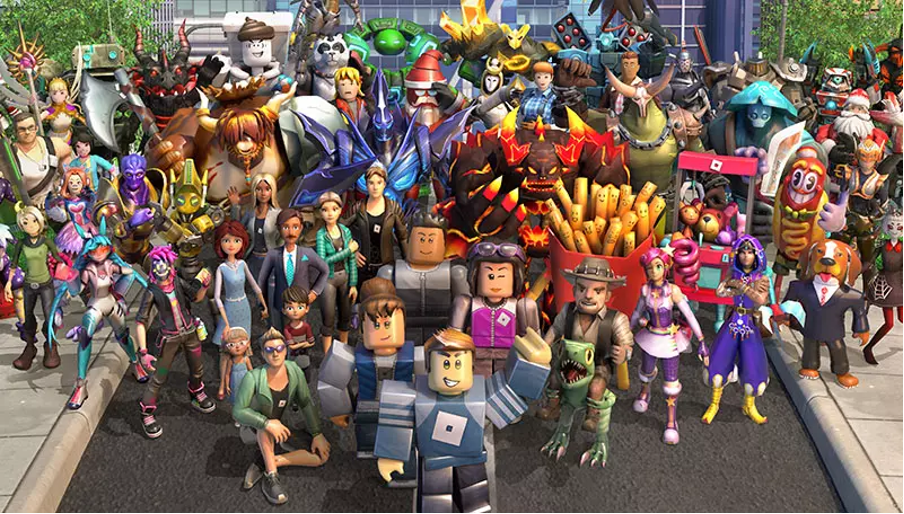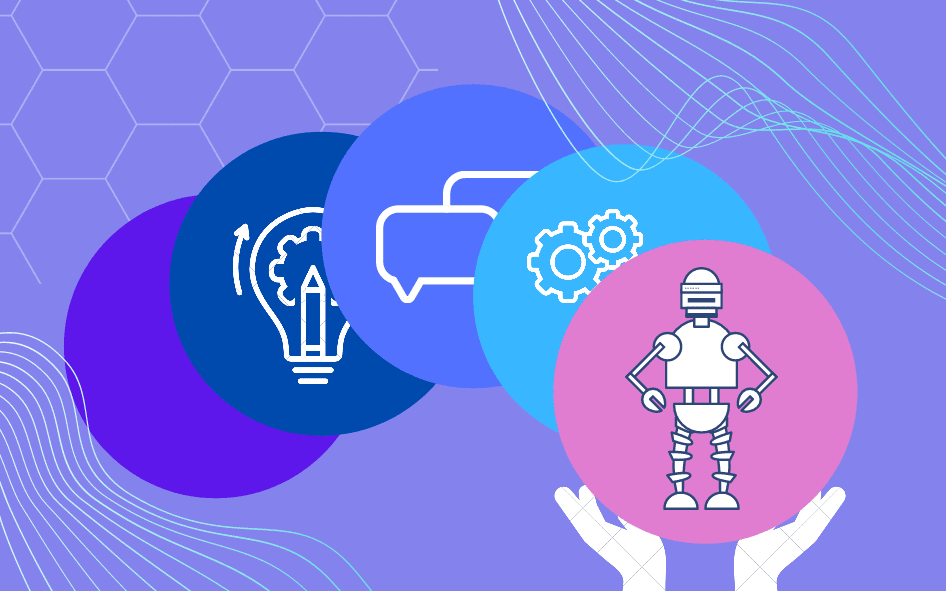
Since the upsurge of the Covid-19 pandemic in 2020, the necessity of chatbots has increased. This is because people had to work from home. This meant that any business using human dialogue systems took a hit.
A chatbot is a software application deployed to a website or an application. A chatbot can engage in a conversation with a human and understand the person’s needs. After understanding a person’s needs, the chatbot guides the person to achieve the desired outcome.
Benefits of Chatbots to Businesses
The use of chatbots in businesses has several advantages such as:
- Immediate response to customer concerns.
- Chatbots act as the foundation for a business’ conversational marketing tactics.
- They offer automation methods for routine business processes.
- It help the business to gain customer insights.
- Chatbots improve a business’ sales.
AI Chatbots are designed per the Turing test rules. Their integral purpose is to mimic the way a person would behave as a conversational partner. Chatbots need vigorous tuning and testing to ensure that they mimic a human conversation well.
The integration of chatbots in Shopify and other similar e-commerce sites has proven to improve revenue by 15% to 35%. With this in mind, one has to ensure that their chatbot is efficient. The efficiency and reliability of chatbots are dependent on the framework used.
The chatbot development framework is the underlying structure of a chatbot. This is where the definition of a chatbot’s behaviour happens.
Chatbot Framework
Google Dialogflow Framework

This framework allows developers to create intelligent chatbots that understand various language dynamics because it is supported by Google’s Cloud Natural Language.
Their chatbots can be integrated with Google Assistant, Cortana, Telegram, Facebook Messenger, etc. The framework offers two packages. These are the standard edition and a paid version.
Pricing of Google Dialogflow.
The standard edition is free but you can always swap to a paid version if you have a regular query workload. The charges are $0.002 per text request, but the prices vary and can rise to $0.075 per minute for all processed phone calls.
Pros of Google Dialogflow
- The framework supports more than 20 languages worldwide.
- The framework also offers Software Development Kits (SDKs) for more than 14 platforms.
Cons of Google Dialogflow
Facebook Wit.AI
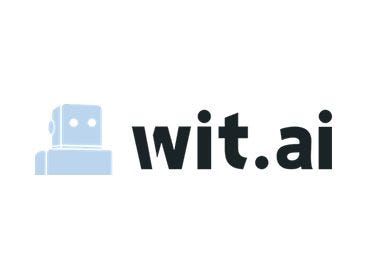
Wit.ai is an open-source chatbot framework with advanced natural language processing or NLP capabilities. Wit.ai is owned by Facebook and is a popular choice for NLP-based Facebook Messenger bots.
Pricing of Facebook Wit.ai
Pros of Facebook Wit.ai
- Wit.ai makes it easy for developers to create applications and devices that can talk or text with
- Since wit.ai is an open-source framework (and open application), they also benefit from a large developer community. . Developers can see what other people have done, learn from it, and use it for their own robots.
- Wit.ai features include a well-designed developer user interface and a dialog flow tree that is easy to edit visually.
Cons of Facebook Wit.ai
IBM Watson Assistant Framework
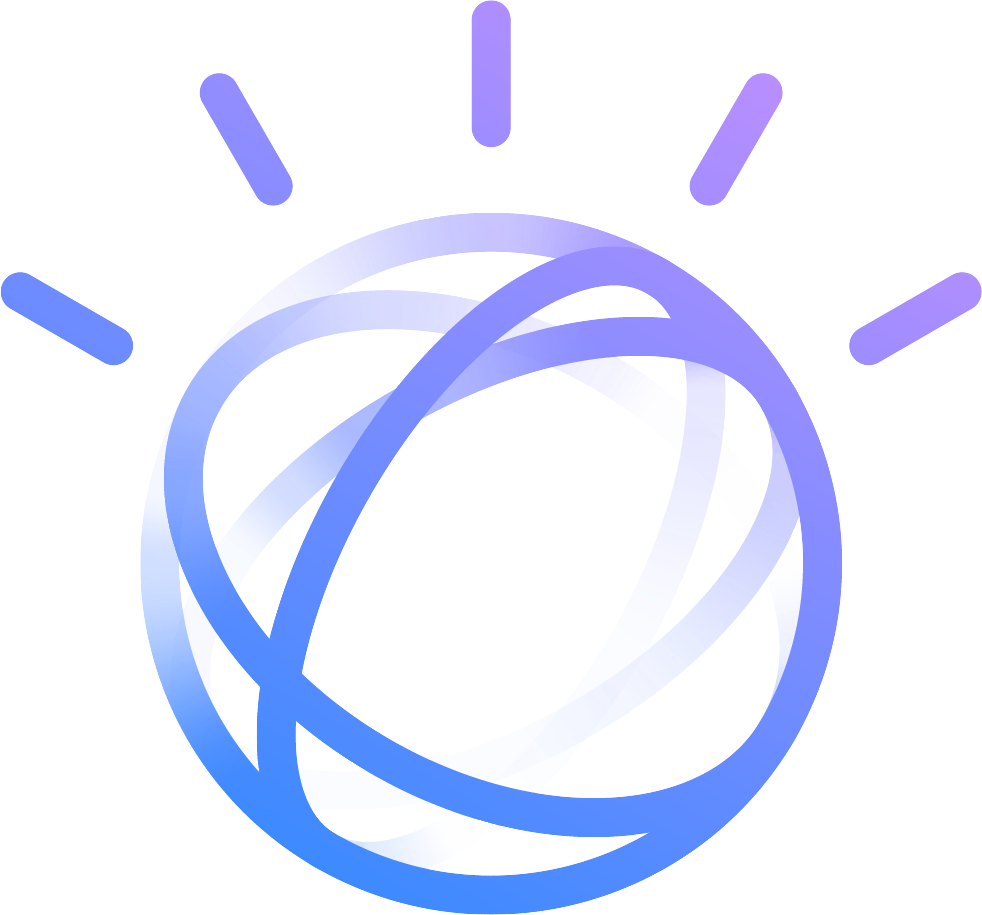
IBM Watson’s framework uses modern technologies like machine learning and artificial intelligence. The framework uses Watson AI, Machine Learning, and Natural Language Understanding to learn from previous client conversations.
The framework allows businesses to keep data that flows through it. This is a unique feature since other proprietary vendors of chatbot frameworks collect the information gathered by their chatbots. IBM’s privacy offer isolates the information gathered by their assistants in a private cloud. This is done to secure proprietary insights acquired from the user interaction.
Pros of IBM Watson Assistant
- IBM’s stringent security policies promote data privacy. Data privacy has become a huge concern in this era of technological advances, and IBM is spearheading the change.
- It allows seamless phone integration. When the chatbot gets a request that it cannot solve, it connects the client to a telephony platform to get further help.
Cons of IBM Watson Assistant
- The framework is complex. It encompasses many features and capabilities. This means that for a user to understand how to develop their chatbot based on it, they need to have developer expertise to unlock its full potential.
- It does not allow the end-user to access chat history.
Pricing of IBM Watson Assistant
The framework offers three product plans, that is Lite, Plus, and Enterprise. The Lite plan is free but lacks a Voice Add-On channel and supports 1000 monthly active users only.
The Plus plan supports all channels and allows more than 1000 monthly active users. The extra number of users is charged at $14 per 100 users. The plan starts at $140 per month.
The Enterprise plan offers enterprise-scale performance for data governance and support. It allows more than 50,000 monthly active users. The pricing of the plan depends on the features that the client will choose. The prices, therefore, vary based on the needs of the client.
Amazon Lex Framework

Amazon Lex Framework is a chatbot-building framework offered by Amazon Web Services(AWS). The framework uses the artificial intelligence suite offered by Amazon (Amazon AI).
The framework incorporates numerous technologies offered by Amazon to aid in its functionality. It uses Amazon Cognito for the user authentication process. It then uses Automatic Speech Recognition to convert audio into text.
For converting text to human speech, the framework uses Amazon Polly services. The interconnection of these various technologies improves the functionality of chatbots developed using this framework.
Pros of Amazon Lex Framework
- It has automatic scaling capabilities thereby alleviating the need for the developer to manage the infrastructure and hardware to scale the bot.
- It supports various platforms and deployment to them is through a one-click process.
Cons of Amazon Lex Framework
- It is not multilingual. The framework supports English only.
- The process of data preparation using the framework is complicated.
Pricing of Amazon Lex Framework
Amazon Web Services charges this framework based on the number of requests, unlike other frameworks which have a stipulated monthly rate.
The framework has a free package that supports 10,000 message requests and 5,000 speech requests per month for a year.
The second package offered for Amazon Lex Framework is the Request and response package. This package charges $0.004 per speech request and $0.00075 per text request.
The framework also supports streaming conversation packages whereby all the user inputs across various turns as one API call. In this package, the bot continuously listens for any user input then the time usage is calculated into 15-second speech intervals. The framework charges $0.0065 per speech interval and $0.0020 per text request.
RASA Framework
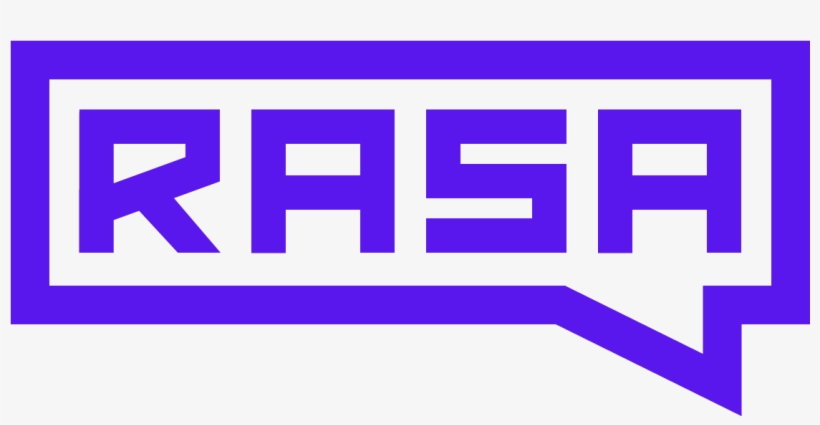
Rasa is used to develop industrial-grade contextual assistants and chatbots. The developer defines the set of policies that will govern the bot’s functioning. The policies are then saved in a .yml file.
The framework has two integral components, that is Dialogue Management and Natural Language Understanding (NLU). NLU handles the process of classification and entity extraction. It also handles the retrieving of responses.
The Dialogue Management unit decides the next cause of action based on the series of previous messages with the user.
Pros of RASA Framework.
- The framework develops highly customizable chatbots. The developer can employ numerous pipelines to process dialogues with the users.
- The chatbots can be run as simple HTTPS servers.
Cons of RASA Framework.
- Chatbots developed by the framework are resource-intensive on the server-side.
- It does not provide direct integrations with messaging platforms directly out of the box.
Pricing of RASA Framework.
The RASA framework offers custom pricing to its users based on the features that they opt to have. This improves budget efficiency since the clients only pay for what they need.
Although the pricing also takes the size of a company’s specific use case, the pricing of the framework is not tied to the number of messages.
Azure Bot Framework

The Azure Bot Framework is best for businesses that already use other Microsoft Services like Cortana, Skype, Microsoft Teams, etc. This framework seamlessly integrates with existing Microsoft services.
The framework uses Microsoft’s LUIS to comprehend speech. LUIS is a cloud-based artificial intelligence service that uses Natural language processing technologies and machine learning. This is used to understand conversations with humans and extract necessary information.
Pros of Microsoft Bot Framework
- It supports seamless integration with other existing Microsoft services.
- Azure Bot Framework provides several SDKs for various computer languages.
Cons of Microsoft Bot Framework
- It requires a developer to choose between two development platforms is Node.js or C#. The two platforms offer different functionalities, therefore a choice between the two should be based on the needs of the client and how conversant the developer is with either of them.
- The framework is complex. A developer also has to write too much code to implement a basic function with the framework.
Pricing of Azure Bot Framework.
In terms of pricing, the framework offers a free and a paid version. The free version offers up to 1000 messages per month. The paid version operates based on pay as you use. It charges $0.50 per 1,000 messages that are exchanged via the Chatbot. Microsoft also offers additional features on the paid plan that a user can add.
Botpress Framework

Botpress is an open-source framework used to develop AI applications such as chatbots. Languages required to develop using the Bottpress framework are React, NodeJS, JavaScript, and Typescript.
The framework is mostly used by governments, insurance companies, and companies that offer financial services. This is because the framework offers on-site chatbots that improve security unlike when using cloud-based chatbots.
Pros of Botpress Framework.
- It is easily customizable.
- Documentation offered with the framework is easy to understand and use.
Cons of Botpress Framework.
- The framework has limited features as compared to other frameworks.
- The framework uses a high learning curve.
Pricing of Botpress Framework.
Botpress offers two packages, that is the Open-Source package and the Enterprise package. The open-source package is free though it has limited features as compared to the Enterprise package.
The Enterprise package offers the user various features to choose then the pricing is calculated based on the chosen features. This package is designed and developed for use by large organizations.
The features offered by the framework are listed here.
Chatbot Platforms
Kommunicate
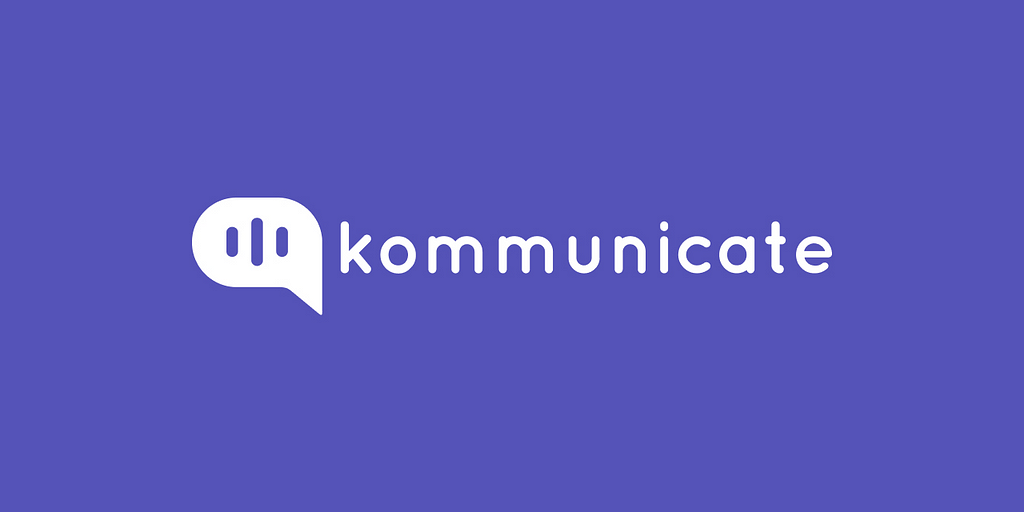
Kommunicate is a human+bot hybrid platform for real-time, proactive, and personalized support for growing businesses. The way customer conversations and support are happening is broken, redundant, and time and cost-inefficient. Kommunicate aims to correct it.
Chatbots developed by this platform can be integrated easily with apps such as Whatsapp, WordPress, Squarespace, Facebook, etc.
1. It is easy to use since it is codeless.
2. It provides easy chatbot integration methods.
3. Clear and intuitive dashboard
4. The only player to provide all Mobile SDKs Android, iOS, Ionic, ReactNative, Flutter
1. Since it is a relatively new framework, some of its core functions are not polished up hence they do not work well.
Pricing — Free trial of 30days
For more details click here
Chatfuel
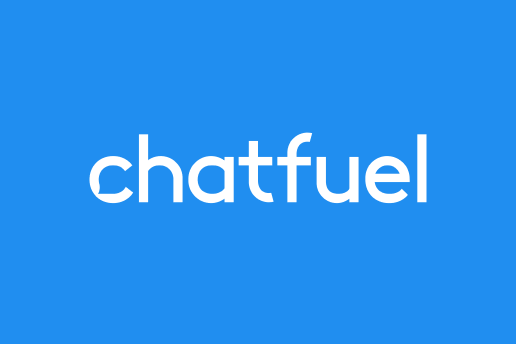
Chatfuel is a bot-building system that offers individuals and enterprises a single and centralized platform from which to create AI conversational chatbots.
Pricing:
For more details click here
Botsify
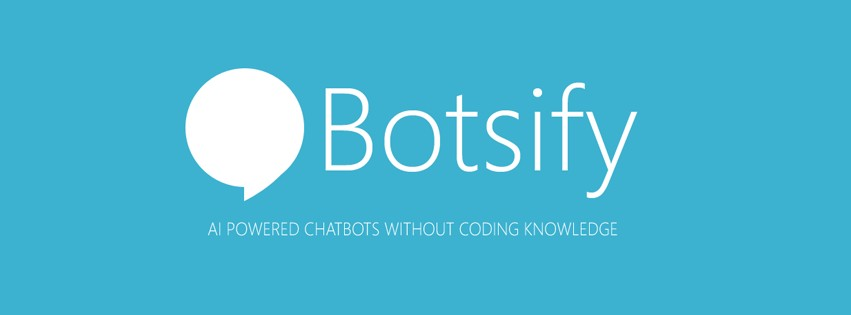
It is a managed chatbot platform that provides unified chat automation for your business. With omnichannel live-chat service connected with multiple platforms to set auto-responses
1. Pre-built templates for building a chatbot quickly.
2. Easily integrates with websites and other services.
1. UI is not as intuitive as other options
Pricing
Free trial of 14days
- Personal- $40/m
- Professional- $124/m
- Business- $415/m
- Custom- Contact
For more details click here
Landbot
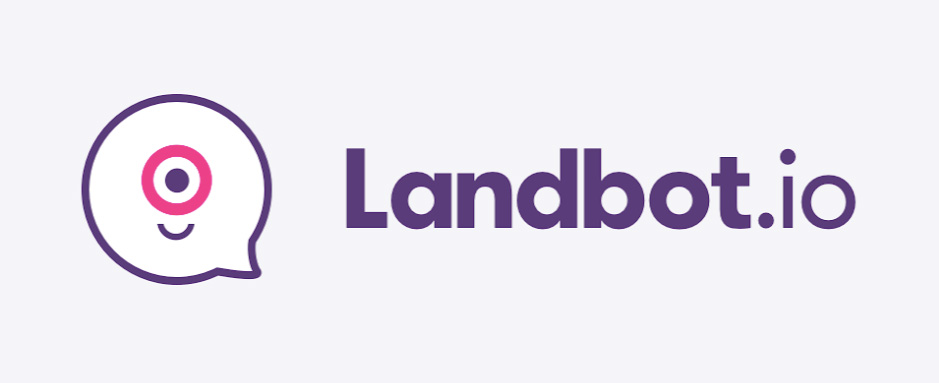
Landbot is a no-code tool to create conversational websites visitors love. Engage and boost conversion with conversations, at scale.
Pricing
- Sandbox — Free
- Starter — $30/month
- Professional — $80/month
- Business — Custom
For more details click here
Tidio

Tidio is a communicator for businesses that keeps live chat, chatbots, Messenger and e-mail in one place.
1. Tidio offers a very simple, clean, robust and customizable interface
2. Automation of new chat widget design is super simple chatbot administration.
1. There is no ticketing system
Pricing
- Free: $0/month
- Chatbots: $39/month
- Communicator: $15/month
- Mailing: $25/month
For more details click here
ProProfs

ProProfs Chatbot is an AI-powered tool that is designed to boost website engagement and customer support. It has wide use cases in various industries like finance, education, and e-commerce.
The tool offers numerous integrations with the most popular CRMs- Microsoft Dynamics, Salesforce, Zoho CRM, etc. Its customization features allow you to create decision trees consisting of multiple choice and open response questions.
Robust reporting capabilities allow you to measure and improve the chatbot’s performance.
User-friendly interface
Supports over 90 languages to help you cater to a diverse audience.
It has limited integrations with social media platforms.
There is no option to generate social media tickets from the chatbot.
It doesn’t integrate with Zapier.
Pricing
The pricing of ProProfs Chatbot is quite affordable and is perfectly suitable for small and medium businesses.
- 15 Days Free trail
- Essentials plan-$10/month
- Premium plans — $15/operator/month
What to Choose chatbot framework or chatbot platform to build your first bot
Once you decide the best way to boost your website or application is through the use of a chatbot, the first thing to decide on should be the framework to use the platform?
Choosing tools for developing a chatbot, you need to consider your business goals and requirements. After that, you can decide what type of chatbot is required rule-based or AI chatbot.
You should choose the chatbot development framework or platform based on the features you need for your chatbot and the pricing. If you lack the knowledge or expertise required to make an informed decision, you should consult a developer. The framework used for your chatbot can be the determining factor that will either make or break your business. You should, therefore, put much thought into it.
Suggested Read: Chatbot Development From The Scratch
Originally published at https://www.kommunicate.io on September 20, 2021.
Best 13 AI Chatbot Development Framework & Platforms You Should Know was originally published in Chatbots Life on Medium, where people are continuing the conversation by highlighting and responding to this story.

